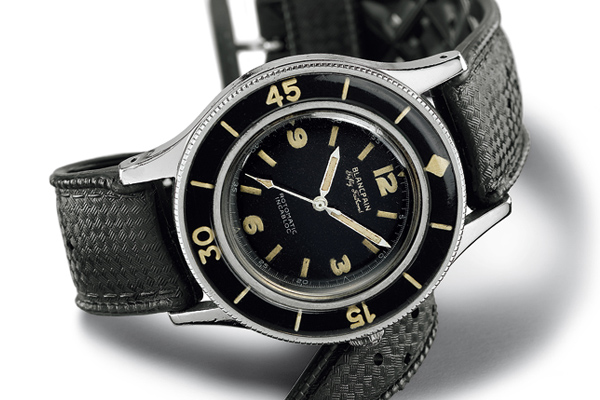Okay, let's look at
the iconic design, not those johnny-come-lately divers.
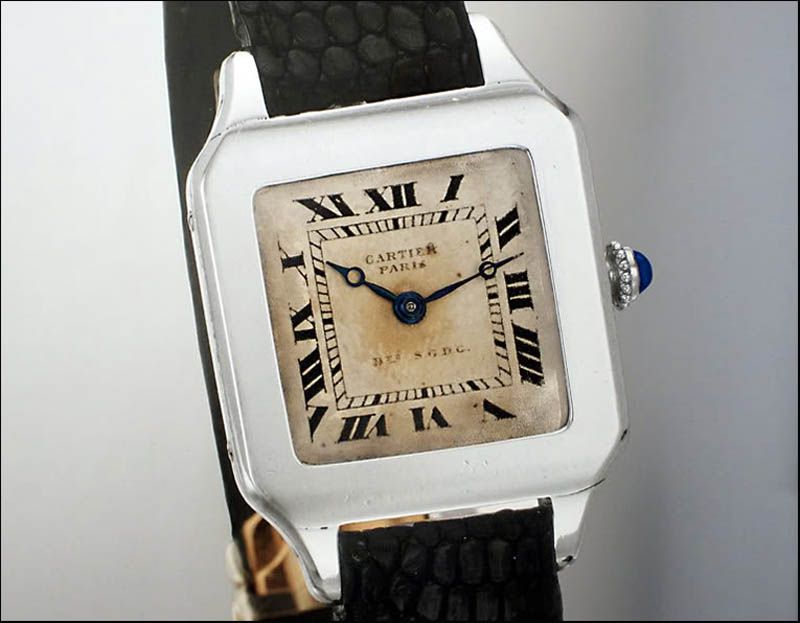
This is the first limited version made for Alberto Santos-Dumont and a few others starting in 1904. It was equipped with a Jaeger movement. (Pictures from
this Monochrome article.)
The screwed-down bezel was added for the first commercial version in 1911, and this shows some reimagining:

This is when the square screwed bezel appeared.
And here is my Cartier Santos 100 XL, which combines the first case shape with the bezel, in a
much bigger watch:

It was introduced 100 years after the original model made for Santos-Dumont.
There has certainly been conceptual migration here, but the original design statement comes through undaunted.
Okay, here's something more recent, and much less well known, but with much more revision over the years while still within the original concept. The Ebel Sport Classic with the five-screw bezel, hexagonal case, and wave bracelet came out in 1977. Here's an ad for the first Sport Classic models:

Here's a mid-80's Sport Classic Chronograph, now part of the 1911 collection (1986 was the 75th anniversary of the company's 1911 founding):

Here's a 1911 Senior from the late 90's, in pretty much the same case, sporting a Girard Perregaux 3300 movement (mine is similar but is powered using a Lemania 8810 and has central seconds):

(from WUS member Haf)
And here's a 1911 Chronometer, which uses a COSC-certified ETA 2892A2, again in pretty much the same case, from 2005:
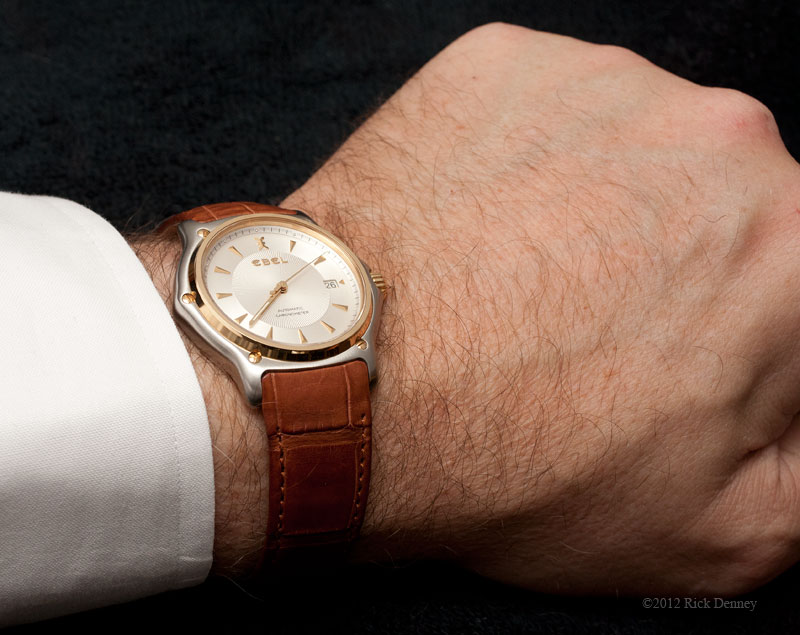
This design has branched out, producing such variations as the BTR:
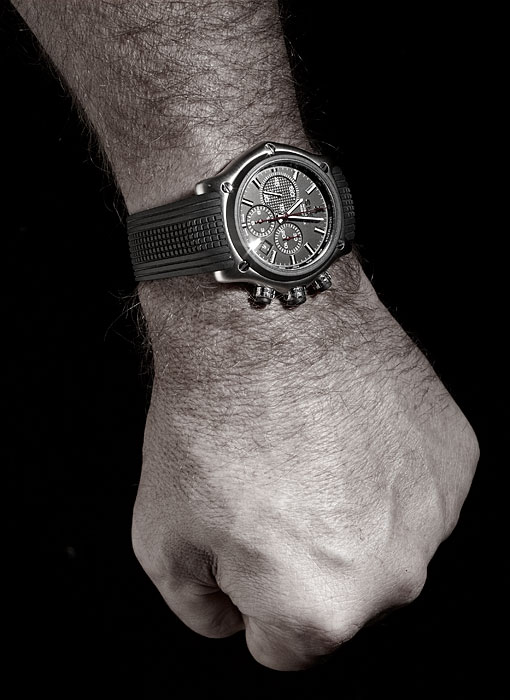
...and the Classic Hexagon:

Is this an iconic design? Not if we respect the meaning of the word. But it is certainly characteristic of a single vision that has indeed been reimagined in various ways without undoing what made it unique in the first place.
Rick "hoping someone does this with, say, the Reverso" Denney
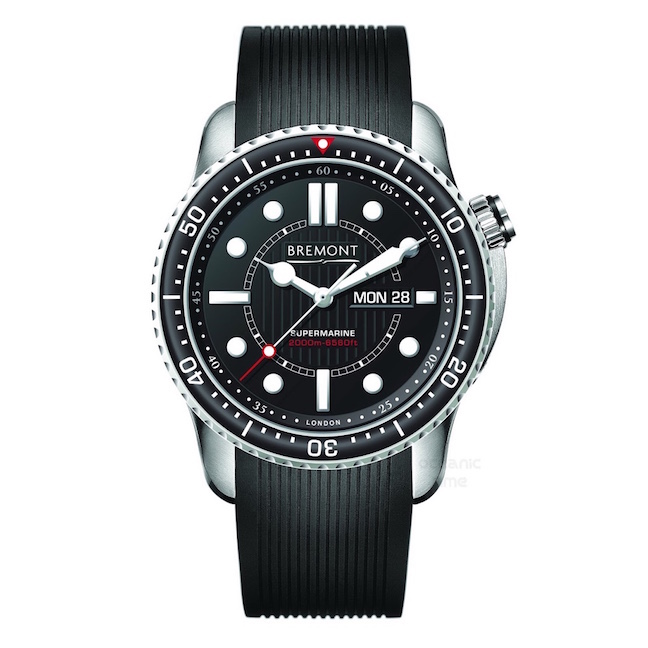



 Likes:
Likes: 





 Reply With Quote
Reply With Quote








